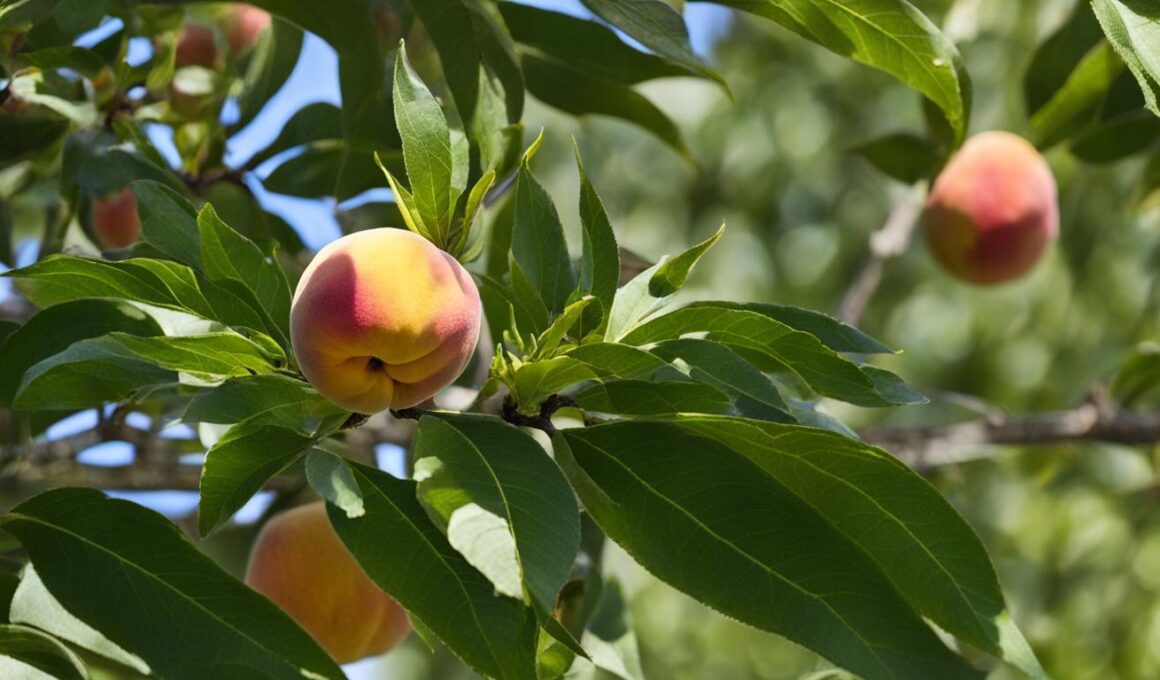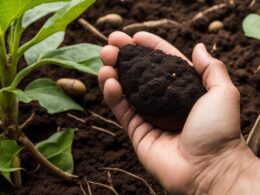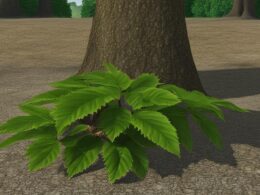If you’ve noticed that the leaves of your peach tree are turning yellow, it’s essential to address this issue promptly to ensure the overall health and vitality of your tree. Yellowing leaves can be a sign of various underlying problems that need attention. In this article, we will explore the possible causes of yellowing peach tree leaves and provide helpful tips on how to resolve them.
One of the primary reasons for yellowing peach tree leaves is insufficient water. According to Robert Morris, an area horticulture specialist, inadequate water supply can cause the leaves to turn yellow and eventually drop off. To address this issue, make sure your peach tree receives an adequate amount of water, which is typically around 90 gallons per week for a 7-foot-tall tree.
In addition to water deficiency, nutrient deficiencies in the soil can also contribute to leaf discoloration. Lack of essential nutrients like iron or manganese can lead to yellowing of peach tree leaves. Conducting a soil test can help identify any nutrient deficiencies and allow you to take appropriate measures to rectify them.
Proper watering and nutrient management are crucial for addressing yellowing leaves and promoting the overall health of your peach trees. By understanding the underlying causes and taking appropriate actions, you can help your peach tree regain its vibrancy and thrive.
Potential Pests and Diseases
In addition to water and nutrient issues, yellowing of peach tree leaves can also be caused by pests and diseases. The two most common culprits are peach leaf curl and aphids.
Peach Leaf Curl
Peach leaf curl is a fungal disease that affects many varieties of peach trees. It typically occurs during the growing season and can cause the leaves to turn red, curl, and eventually turn yellow. If left untreated, it can severely damage the tree and reduce fruit production.
Treatment for peach leaf curl involves the application of a fungicide in early spring before bud break. This helps prevent the disease from spreading and protects the new leaves from infection. Regular treatment is necessary to effectively control and manage peach leaf curl.
Aphids
Aphids are tiny leaf-sucking pests that can infest peach trees and cause yellowing of the leaves. They feed on the sap of the tree, which can result in leaf curling, yellowing, and early leaf drop. Additionally, aphids can transmit viral diseases to the tree, further compromising its health.
To control aphids, you can manually remove them from the tree by hand or use a strong stream of water to wash them away. In severe infestations, insecticidal soaps or horticultural oils can be used to eliminate the pests.
Proper identification and management of pests and diseases are essential for maintaining the health and vigor of peach trees. Regular inspection, early intervention, and appropriate treatments can help prevent yellowing of the leaves and preserve the overall well-being of your peach tree.
Other Factors Affecting Leaf Color
It’s important to note that yellowing of peach tree leaves can be a natural part of the seasonal changes in autumn. As the tree prepares for winter dormancy, it withdraws nutrients from the leaves, causing them to change color and eventually fall off. This phenomenon, known as autumn leaves, is a normal and cyclical process in trees.
However, yellowing of leaves at other times of the year could indicate other factors. Water deficiency and nutrient deficiencies can also contribute to yellowing of peach tree leaves. If the tree is not receiving enough water or lacking vital nutrients like iron or manganese, the leaves may turn yellow as a signal of distress. Monitoring and maintaining proper irrigation and nutrient management can help prevent these deficiencies.
In addition to water and nutrient issues, viral diseases can also affect the color of peach tree leaves. Viruses like apple mosaic virus can cause yellowing, curling, and other abnormal leaf symptoms. Unfortunately, viral diseases don’t have a cure, which means prevention is key. Avoiding planting similar trees nearby can help minimize the spread of viral diseases.
By regularly observing your peach trees and providing appropriate care, you can differentiate between normal seasonal changes and potential issues affecting leaf color. Understanding the natural processes and identifying potential problems will allow you to take the necessary actions to ensure the health and vitality of your peach trees.
What Could Cause Different Types of Trees to Change Color?
During fall, various factors such as temperature, sunlight, and moisture can contribute to pine tree browning reasons like changes in color. For example, as the days become shorter and cooler, trees produce less chlorophyll, causing green leaves to turn into vibrant shades of red, orange, and yellow.









